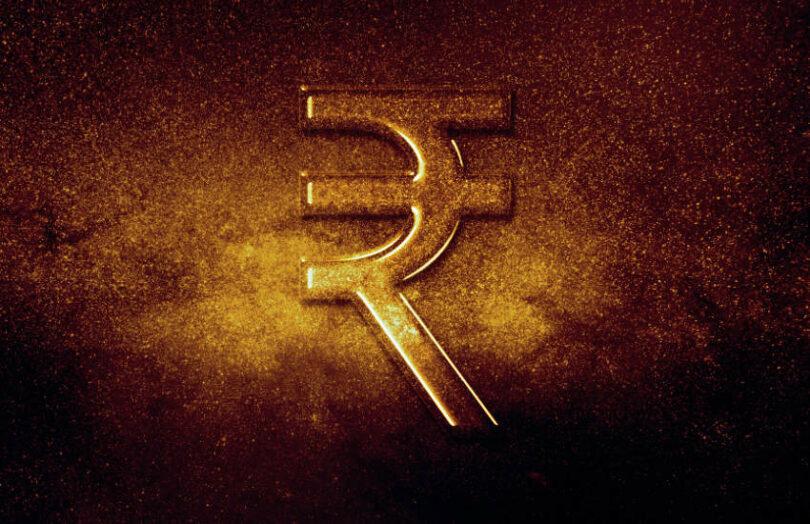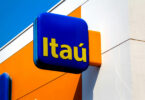Consumer transactions using India’s digital rupee have slumped to one tenth of the volumes at the end of last year, or around 100,000 per day, Reuters reported citing sources. However, the Reserve Bank of India (RBI) made a deliberate push late last year to reach its goal of one million daily retail transactions using its central bank digital currency (CBDC).
To reach its objective, banks gave incentives to users and partially paid staff salaries and benefits using the digital currency. The lack of choice angered some bank employees. Despite this, banks continue to pay benefits using this method resulting in spikes in daily transaction volumes to 250,000 to 300,000 at the end of the month.
Reports surfaced in April that the central bank was in discussions with banks about how to reinvigorate both its retail and wholesale CBDC pilots. We previous reported on those talks and the slumped wholesale CBDC demand.
This result is not surprising for the central bank. In September and October last year the RBI governor and an executive at the Indian Ministry of Finance spoke separately about how they didn’t envision the CBDC being capable of competing with India’s faster payment system UPI in the eyes of consumers. Both viewed the killer app as cross border payments.
Retail CBDC experience elsewhere
India’s journey with digital currency mirrors that of other nations. China, for instance, last shared the full usage statistics for its digital yuan a year ago, with reports suggesting that red envelope promotions only spurred temporary usage. Consumers in China are already well catered to by WeChat Pay and AliPay, further highlighting the challenges digital currencies face in gaining widespread adoption.
The IMF previously reported on the slow take up of Nigeria’s eNaira. These challenges in getting consumers to switch behaviors are reflected in the latest BIS CBDC survey, which showed a greater shortterm focus on wholesale CBDC. While India’s wholesale trials have been mixed, Europe was inundated with institutions that opted to take part in its DLT settlement trials using central bank money. It is trialing three DLT settlement solutions but only one uses CBDC.






